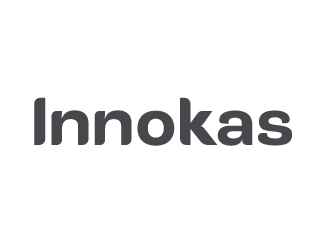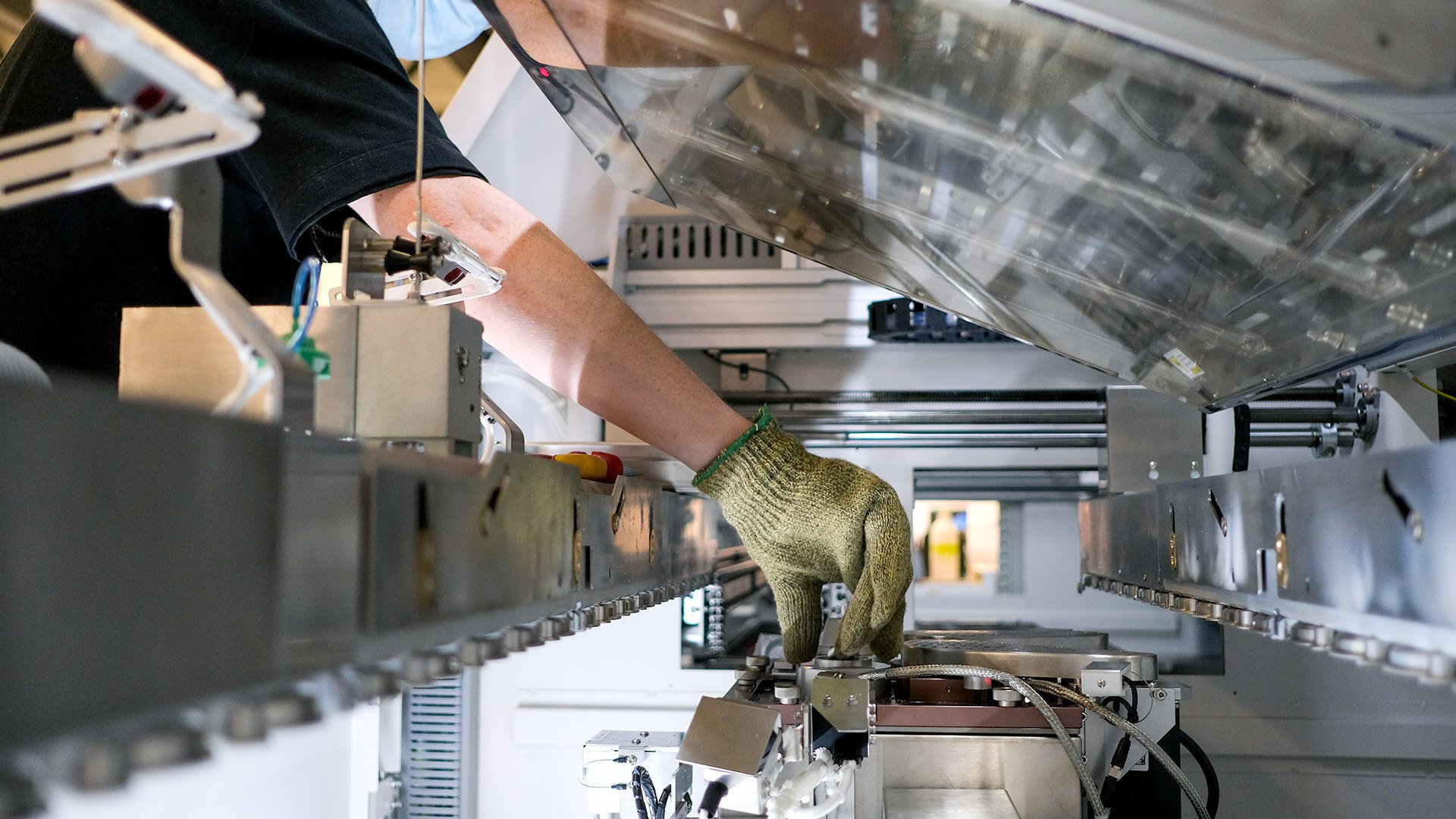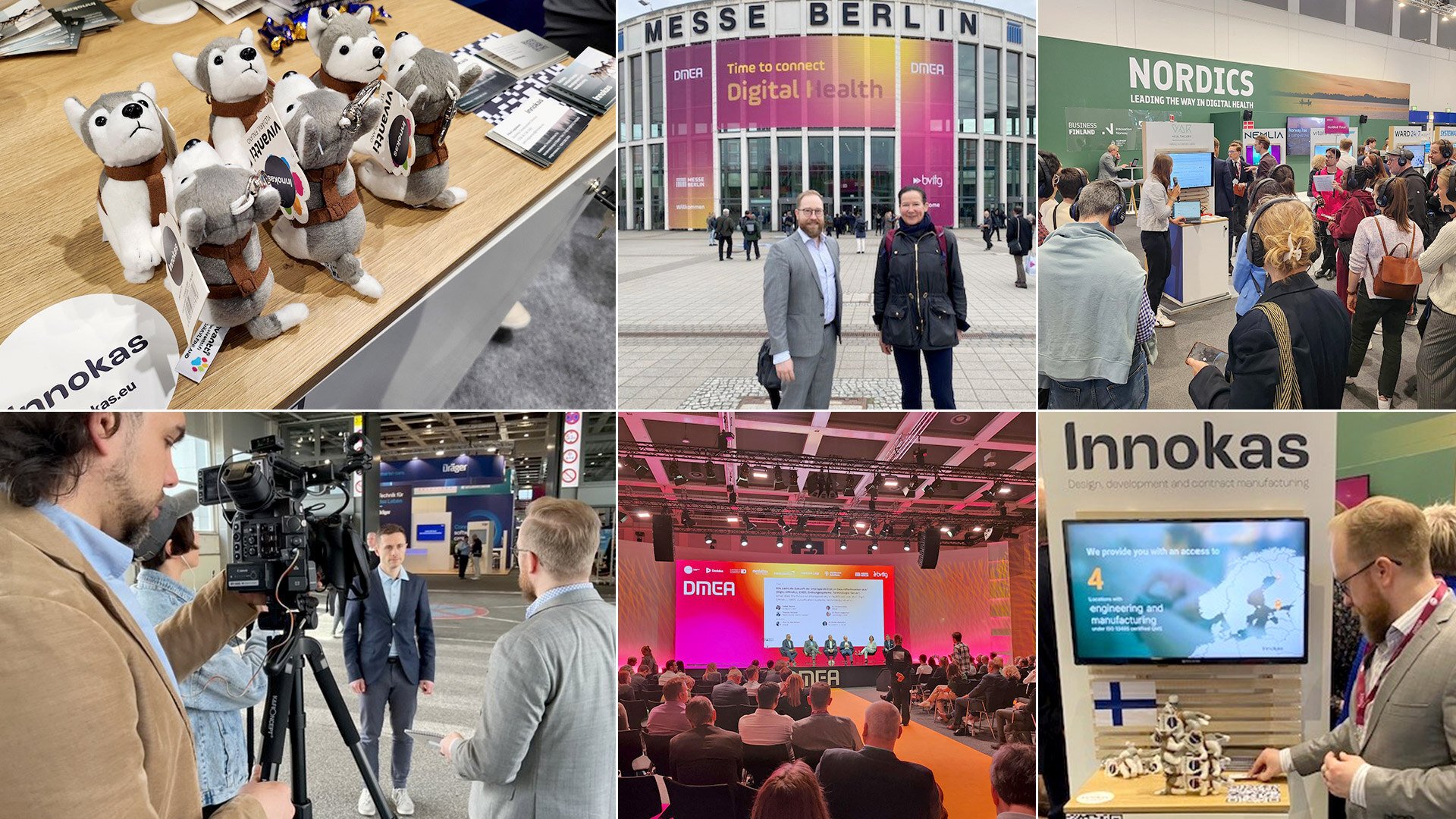We R&D engineers often think that the world is ready when a product is launched to the market, and we can move on to developing the next interesting gadget. But in reality, the life of the product is just starting, and the magnitude of the product’s success is just starting to unravel. A big part of the product’s success comes from the ability to manufacture it without a continuous chain of problems:
- Does the product work reliably in the field?
- Are the products coming out of the factory when they are needed in the market?
- Is the price affordable?
- And especially as to medical devices, is the product safe to use?
How to ensure smooth manufacturing?
What are then the means to ensure manufacturing can be done as clockwork? As we at Innokas are specialized especially in contract manufacturing of electromechanical devices, this blog concentrates on tips to reach success by creating a great contract manufacturer–customer relationship and creating an environment where a manufacturer has the means to produce the product in time, with quality and in a cost-efficient way. We concentrate on three main aspects: 1) Selecting the right partner, 2) ensuring a manufacturable design and 3) managing expectations.
1. The right partner
It all starts with choosing the right manufacturing partner with correct and realistic expectations. There is a wide variety of manufacturers out there from small local companies to global giants. To find a mutually interesting relationship, it is important to picture what your company’s priority in the contract manufacturer’s portfolio could be. Further questions to narrow down the right criteria for selection could be:
- Are the volume expectations realistically in thousands or in tens?
- Is the unit price relevant in overall costs vs. the flexibility in operations?
- How much importance does the supplier location nearby or within a similar time zone have?
2. Manufacturable design
Second, the product design itself is as important a point, at least. If technical details are decided without keeping manufacturability in mind, no factory can produce the product efficiently and without issues. To be able to ensure manufacturability in design, it is important to select the manufacturing partner and involve them in the project as early as possible. People assembling the products and ordering the parts daily have a great background for identifying issues and pointing out what works better. It is crucial to be able to take the manufacturability feedback into account in the product design phase, and it is only possible if it is received early in the development process. Manufacturing needs must be visible in product requirements. The bill of material should be thoroughly reviewed to avoid availability issues and optimize the cost. A good way to get relevant feedback is to have the manufacturing partner assemble already the prototype round instead of assembling them in an engineering lab. Also, close cooperation in component and supplier selection in an early phase is important.
3. Managing expectations
The third important aspect is expectations management. Based on our experience, issues in customer - contract manufacturer relationships often start from having too optimistic plans:
- plans based on unrealistic time to have the product design ready,
- starting part ordering with unrealistically high quantities,
- too optimistic volume ramp-up plan.
Serial manufacturing of products is a set of highly optimized small activities in a chain that are scheduled with high precision: part ordering, workforce, manufacturing areas booking, SMD line slots booking, and a lot more. Operations are synchronized, and all exceptions bring cost and risk for error in the process. The world is not perfect, and changes cannot be avoided, but it is essential to aim for good planning with realistic expectations. This is the only way to reach success. The key success factor from the customer side to enable the planning of activities and operations as planned is creating and maintaining a realistic and continuous order forecast. How many devices will be delivered each month in the coming 3 to 12 months or even longer period of time? The essence of a good forecast is more important than ever now in the middle of global component and raw material crises. I am sure all the manufacturers share the same opinion.
We understand that planning is hard. If one could only see into the future, perfect forecasts would be easy to make. But while waiting for the first RFQ to manufacture a time machine, we need to rely on open and continuous communication between the contract manufacturer and customer. We cannot underestimate the impact of this. Challenges and problems need to be brought up immediately when they are noticed. Only when issues are mutually known and understood, can they be solved efficiently. As importantly, also the common successes need to be celebrated.
In conclusion, it is all about trust and cooperation, doing all we can to reach common goals. We at Innokas Medical consider ourselves a flexible and transparent manufacturing partner enabling our customers’ success stories throughout the entire product lifecycle.
Our experts are more than ready to share their insights and work with you to start successful design and manufacturing projects:











